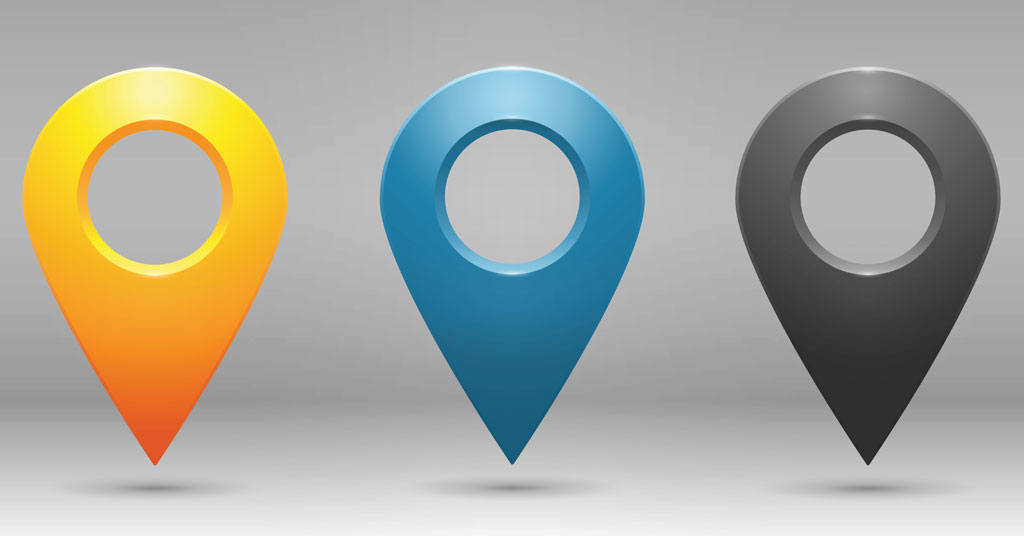
With a challenging 2022 in the rearview mirror, what can companies using location data expect for 2023? The previous year saw location data help companies survive rising inflation, macroeconomic instability, and the aftereffects of the Covid-19 pandemic. CPG brands, technology companies, and third-party logistics providers, among others, used location data to streamline advertising, improve site selection, and increase efficiency through logistics optimization.
As consumers continue to venture out to brick-and-mortar stores, what geospatial data trends can companies take advantage of in the coming year?
AI and machine learning change how companies analyze information at scale
A key advantage of AI over human-based location data collection is that AI can work at a scale impossible for humans. It can sift through huge swaths of data and identify trends or patterns that the human eye misses. For example, it can aggregate information from different locations across the globe to make accurate predictions about how a new food truck with a great concept would fare in the Bushwick neighborhood of Brooklyn or whether a global corporation should invest in a new location in Mexico City (and if so, where).
An exciting development in this space that’s accelerating how geospatial intelligence can help businesses is the role of AI and ML (machine learning) in generating data from images. Satellite imagery and on-the-ground photos from mobile devices are ubiquitous. This allows location data companies to use AI-based tools to analyze these images and gain deep insight into the makeup and trends of communities. For example, the ratio of “open” to “closed” signs on businesses can provide information about the economic opportunities in a given area. Likewise, store name signs can be analyzed at an aggregate level to help restaurant chains determine if they can fill a gap with their particular type of cuisine in a foreign city.
In addition, as data volume increases, companies will be able to use location information to construct predictive models focused on economic growth and decline. A comprehensive ML analysis of the kinds of construction development, or lack thereof, in urban environments can highlight that the conditions are ripe for an economic downturn (or upswing) before it even happens.
Geospatial intelligence expands its role in social good projects
Another trend businesses should watch for is the increased use of location data to bolster projects for social good. From NGOs and local governments to healthcare providers and city planners, location data is fast becoming a central tool for stakeholders to identify, analyze, and address social problems and inequalities.
Consider a nonprofit education organization seeking to analyze how legislation might affect school attendance and educational equality across a large urban area. Location intelligence can fuel an analysis of neighborhoods where there are too many schools, or too few, as well as the socioeconomic status of those who attend them. It can even help the organization identify the need for additional means of transportation for schools cut off from easy-access streets or located in dense urban areas where driving is inefficient.
For another example, take the healthcare sector. Geospatial intelligence was an essential tool for the Greek government in 2020, allowing it to identify Covid at-risk travelers and take appropriate measures. Similarly, location data can help municipal governments quantify demand for immunization clinics and determine where to place them.
Location intelligence is also becoming a key feature of smart cities, enabling people to offer real-time feedback to relevant officials about potholes, pests, traffic bottlenecks, and the need for emergency response services.
The evolution in consumer privacy intensifies
In 2022, we saw an increasing push to protect consumer privacy. While the demand for actionable location data is stronger than ever, governments sought to ensure that consumers’ rights would be protected. Data-driven companies used the opportunity to innovate, developing ways to collect information that protect consumer privacy while still driving more effective advertising and business intelligence.
Several best practices for location data collectors emerged that are likely to develop throughout 2023. Paramount in the pro-data privacy shift hitting the location data business is the need to get consumer consent for data collection, sharing, and use. Location data providers, especially those who work with mobility data, should be able to explain where they obtain their data and how they avoid exposing personally identifiable information. To do this, apps are asking more clearly for consumer consent to collect data and share it, underscoring the need for data providers to do their part by storing and sharing it securely and consensually.
In addition to consumer consent, another growing privacy-compliant feature of location data providers’ services is aggregate, anonymous data collection. A mistake some data collectors make is overcommitting to individual tracking, which risks violating consumer privacy and can’t necessarily be extrapolated across locations. By contrast, large, anonymized samples provide intelligence that travels: foot-traffic information for a cafe in downtown Buenos Aires, for example, can be accurately used, if correctly contextualized, to see if a new location is viable in Mendoza.
Businesses and consumers can expect to see the combination of consumer-friendly privacy practices and large-scale, anonymous, actionable data collection become a bedrock of location data services in 2023.
Geoff Michener is CEO and co-founder of dataPlor, a geospatial data company that helps global enterprises grow abroad by mapping tough-to-reach markets. For more, visit their website, call 202-643-6338 or email contact@dataplor.com.